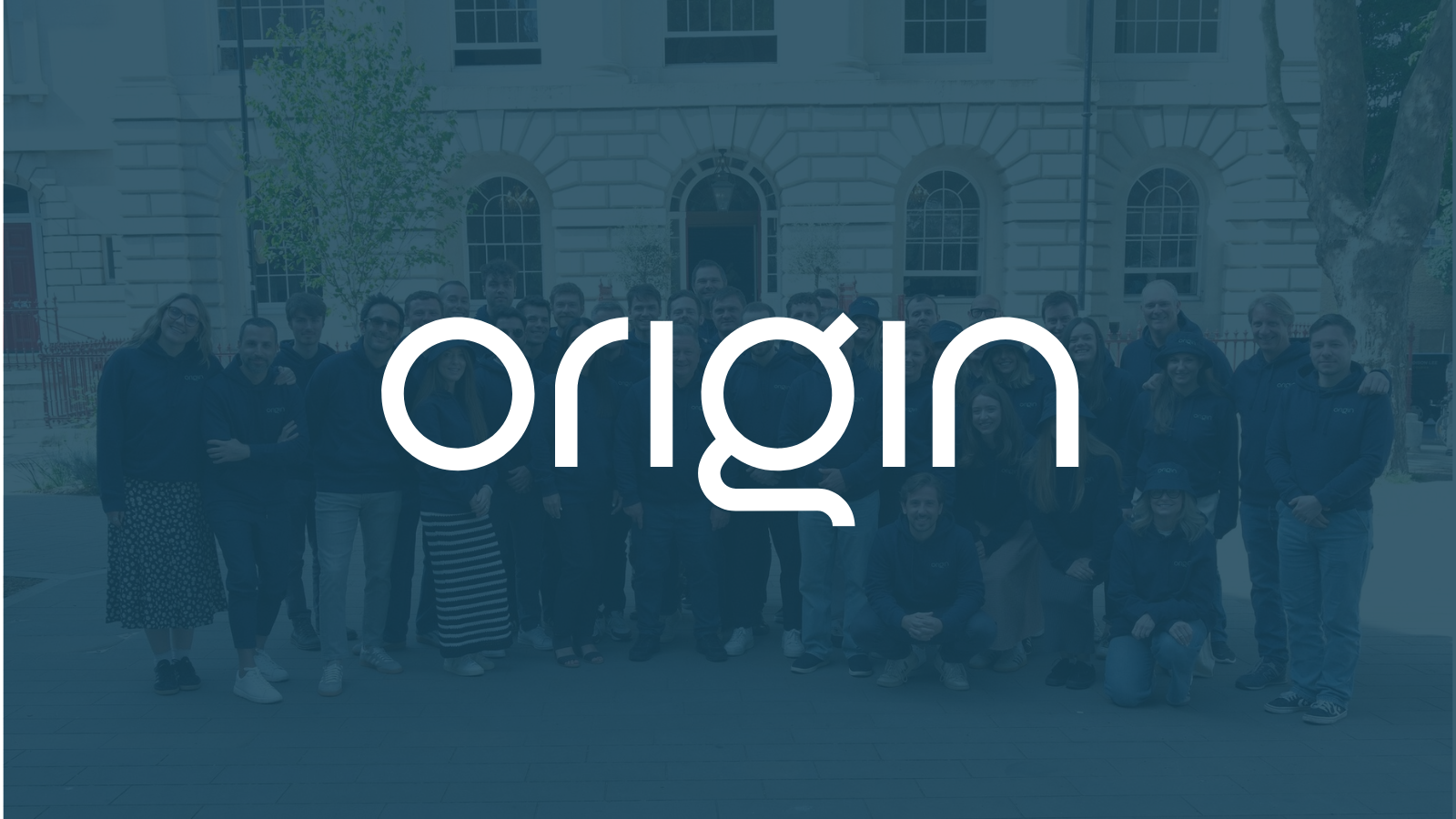Our Investment in Fora
%20(1600%20x%20900%20px)%20(4).png)
When we invest, Jason and I have to both be hell yes. It may take a little while for us both to get to that place, but it is non-negotiable. I always look at three questions.
1. Does the founder genuinely want to build a very big business?
2. Do they hold a contrarian conviction?
3. Are they a talent magnet?
Joe Essenfeld sold his first company to iCIMS, and came strongly recommended by several people, including Deepak Krishnamurthy, a fellow ex-SAP exec turned VC, and Steve Lucas, the former iCIMS CEO, now Boomi CEO and friend of the firm. We had good evidence that Joe could lead, and he clearly had unfinished business to build something at scale. We also met his co-founders, and we were impressed with the technical chops. Susan Vitale is one of work tech’s top marketing leaders. This is a powerful team with serious ambition.
That left us with the question of contrarian conviction.
“What’s your theory?”
I’m really excited about the idea at the centre of Fora. Regular readers will know that I’ve studied strategy and I read a lot of books and journals about strategy theory. I’m fond of a theory.
Let’s start with “what’s the problem?”
In business, providing concise, timely, accurate and spin free information up the organizational chain has been a massive challenge since the first businesses were built. About 110 years ago an explosives sales exec at Du Pont, Donaldson Brown, invented the Du Pont analysis. It revolutionized how companies like Du Pont and GE measured and managed their business, and quickly became vital for industrial companies. Since then we have seen various methods come in and out of fashion, all aiming to solve the information gap between executives and day to day business. There is a wealth of academic theory exploring how communications work and don’t work in organizations. A quick chatgpt visit reminded me of Simon's Information Processing Theory, and Chris Argyris work on the double loop learning. Most examples of corporate failure involve an information break down between the top and the middle of the organization.
Second order innovations and social norms.
Often a new technological innovation changes social norms, and enables a second order of innovation to build on top of that, and often the second wave of innovation has more impact than the first. eCommerce required a social norm change to give payment data over the internet. Once people were happy doing that for small purchases like books, how we shop changed dramatically. Roger’s theory of innovation diffusion, Geroski’s work on inchoate demand explores this (Geroski’s book is a joy to read).
Over the last 5 years or so, we have seen a shift in an important social norm in business. Triggered in part by Zoom and perhaps covid, and then amplified by tools such as Gong, many organizations and individuals are now very comfortable with recording and transcribing calls and meetings, both internally and even with customers.
Recent advances in AI mean that we have better transcription, and better summarisation, pattern recognition, search and collation capabilities. It is clear that AI is and will disrupt how knowledge work is done. The innovation path will not be smooth, but how work is being done is changing. Where we are on the hype curve is merely a guess.
Executives, while happy to buy technologies to inflict on others, have traditionally been luddites with their own usage. Earlier attempts at boardroom cockpits and so on failed, in part because of complexity, but in part because of executive social norms. But probably for the first time, we now have a generation of executives that are prepared to use technology themselves, assuming it actually adds value.
Category creation. eek!
So what if we could have a new category of technology that could consume this vast new source of data, securely, and deliver it in the right context to executives? Where the executive is the central design persona?
Fora works by “channeling an organization's continuous daily information flow into actionable insights, Fora enables leaders to navigate the complexities of their roles with enhanced clarity and efficiency.” Challenges such as liability and security are central to the product design.
Category creation is not for the faint of heart. But we firmly believe there is an opportunity to build a new set of solutions that bring the power of modern AI innovation into the C-Suite. Fora are calling this space Executive Relationship Management.
It will not be easy.
The team have been working hard in stealth mode building out the alpha version of the product, and it is now in the hands of early adopters. Exciting times.
Have a read of Joe’s announcement,
We are pleased to be investing together with Converge, GTM Fund, Zelkova Venture Partners, and 14Peaks.


%20(1280%20x%20720%20px)%20(16).png)

.png)

.png)